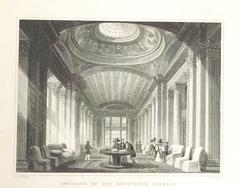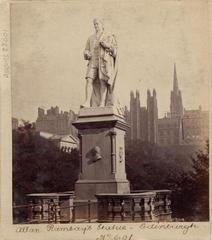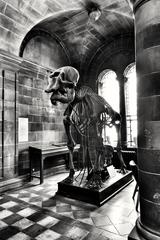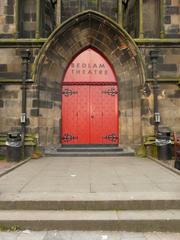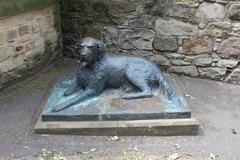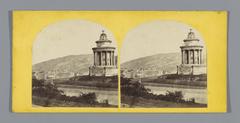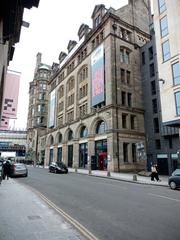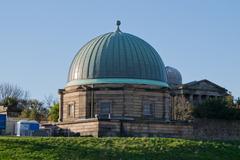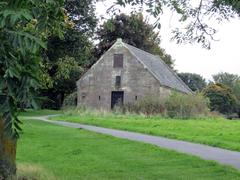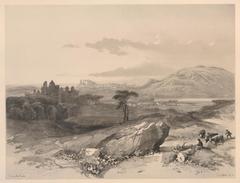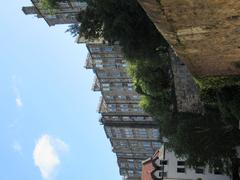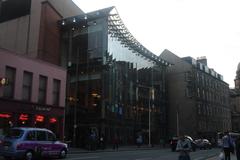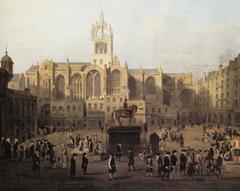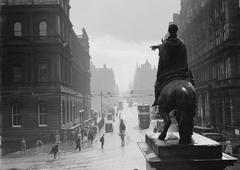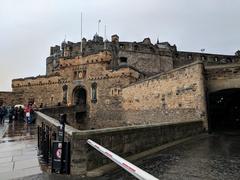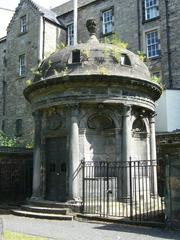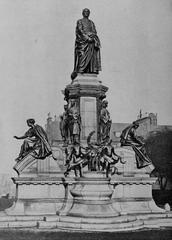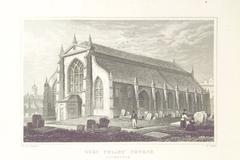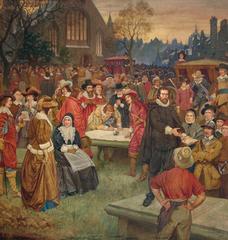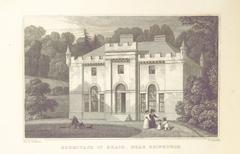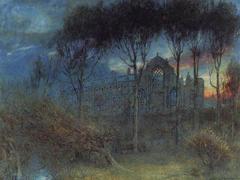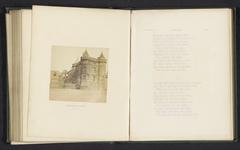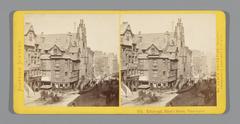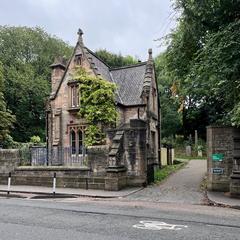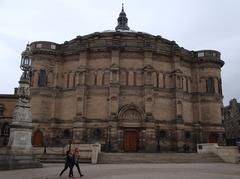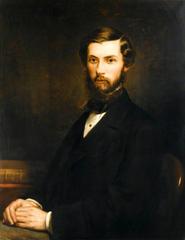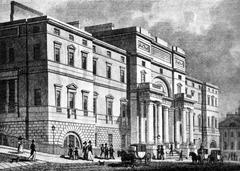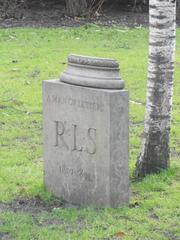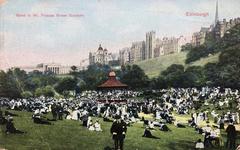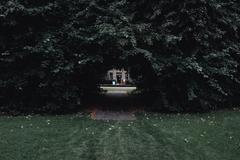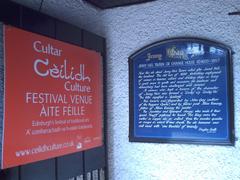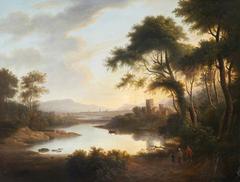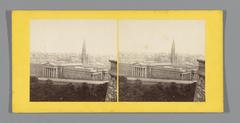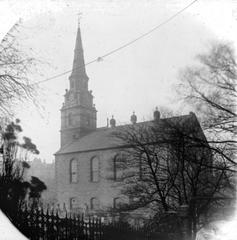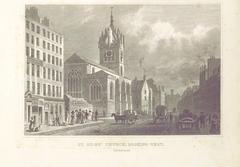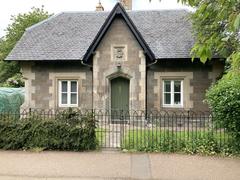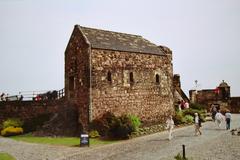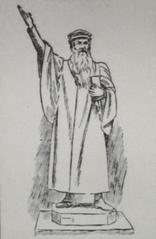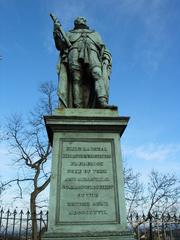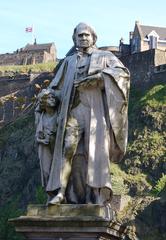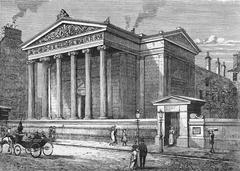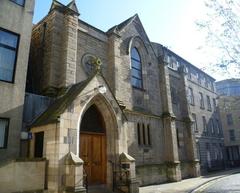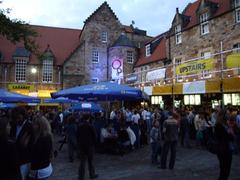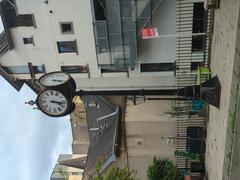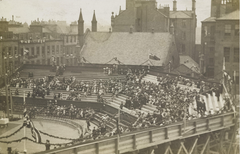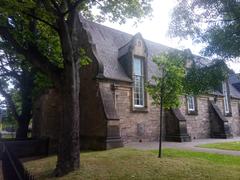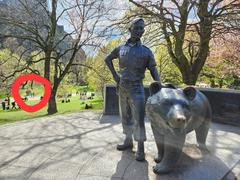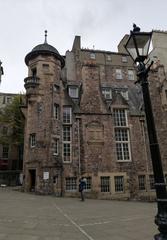Museum of Edinburgh: Visiting Hours, Tickets, and Historical Sites in Edinburgh
Date: 18/07/2024
Introduction to the Museum of Edinburgh
Located in the heart of Scotland’s capital, the Museum of Edinburgh is a treasure trove of history and culture. Situated on the iconic Royal Mile, the museum offers visitors a captivating journey through time, reflecting the city’s rich past. The museum’s origins date back to the 16th century with the construction of Huntly House, a grand Renaissance mansion built by Sir Simon Preston Richmond, a wealthy goldsmith and Edinburgh’s Lord Provost. Over the centuries, Huntly House has hosted notable residents and events before being acquired by the Edinburgh Corporation in 1932 and transformed into a public museum by 1938 (Museum of Edinburgh).
The museum expanded in the 1980s and 1990s to include several adjacent historic buildings, such as the 17th-century Bakehouse and the 16th-century Tolbooth. This created a comprehensive institution that encapsulates Edinburgh’s captivating narrative. The official establishment of the Museum of Edinburgh as it is known today occurred in 1998 (Historic Environment Scotland).
Visitors to the Museum of Edinburgh are treated to a diverse and fascinating collection of artifacts that reflect the city’s multifaceted history. From ceremonial silver and artistic expressions to everyday life objects and literary legends, the museum’s exhibits offer a poignant and relatable window into the lives of Edinburgh’s inhabitants across different time periods. Notable highlights include a rare original copy of the National Covenant of 1638, an artifact of immense historical significance that played a pivotal role in Scotland’s religious and political history (Britannica).
In this comprehensive guide, we will delve into the rich history, cultural significance, and visitor information of the Museum of Edinburgh, providing you with all the essential details to plan your visit and make the most of your experience.
Table of Contents
- [Discover the Rich History and Visitor Information of the Museum of Edinburgh](#discover-the-rich-history-and-visitor-information-of-the-museum-of-edinburghdiscover-the-rich-history-and-visitor-information-of-the-museum-of-edinburgh)
- [From Mansion to Museum - The Birth of a Legacy](#from-mansion-to-museum---the-birth-of-a-legacyfrom-mansion-to-museum---the-birth-of-a-legacy)
- [Expanding Horizons - The Museum Finds its Present Form](#expanding-horizons---the-museum-finds-its-present-formexpanding-horizons---the-museum-finds-its-present-form)
- [A Tapestry of Time - Collections Reflecting Edinburgh’s Soul](#a-tapestry-of-time---collections-reflecting-edinburghs-soula-tapestry-of-time---collections-reflecting-edinburghs-soul)
- [Visitor Information](#visitor-informationvisitor-information)
- [Preserving the Past, Engaging the Present](#preserving-the-past-engaging-the-presentpreserving-the-past-engaging-the-present)
- [FAQ](#faqfaq)
- [Summary of Key Points and References](#summary-of-key-points-and-referencessummary-of-key-points-and-references)
Discover the Rich History and Visitor Information of the Museum of Edinburgh
The Museum of Edinburgh, nestled in the heart of Scotland’s captivating capital, boasts a history as rich and multifaceted as the city itself. Its story unfolds across centuries, intertwined with the lives and legacies of Edinburgh’s inhabitants.
From Mansion to Museum - The Birth of a Legacy
The museum’s journey begins in the 16th century with the construction of Huntly House, a grand Renaissance mansion. Erected in 1588 by Sir Simon Preston Richmond, a wealthy goldsmith and Edinburgh’s Lord Provost, the building stands as a testament to his affluence and influence (Museum of Edinburgh). Over the centuries, Huntly House witnessed notable residents, including Alexander Stewart, 1st Earl of Moray, and George Gordon, 1st Marquess of Huntly (Historic Environment Scotland).
In the 20th century, Huntly House embarked on a new chapter in its storied existence. Recognizing its historical significance, the Edinburgh Corporation acquired the building in 1932. Following meticulous restoration, it reopened its doors to the public in 1938 as the Huntly House Museum.
Expanding Horizons - The Museum Finds its Present Form
The Huntly House Museum represented just the first chapter in the Museum of Edinburgh’s evolution. In the 1980s, a vision emerged to create a more comprehensive institution that would encapsulate the entirety of Edinburgh’s captivating narrative. This led to the incorporation of several adjacent historic buildings into the museum complex.
Among these additions was the 17th-century Bakehouse, once a bustling hub for bread production, now transformed into a captivating exhibition space (Museum of Edinburgh). The former Tolbooth, a structure dating back to the 16th century and synonymous with Edinburgh’s judicial past, also became an integral part of the museum (Historic Environment Scotland).
This ambitious expansion culminated in 1998 with the official establishment of the Museum of Edinburgh as we know it today. This amalgamation of historic buildings, each with its own unique tale to tell, provided a fitting backdrop for the museum’s mission to safeguard and showcase the captivating history of Scotland’s capital city.
A Tapestry of Time - Collections Reflecting Edinburgh’s Soul
The Museum of Edinburgh’s collection is as diverse and fascinating as the city itself. It encompasses a wide array of artifacts, each offering a glimpse into different facets of Edinburgh’s past.
- Civic Treasures: From ceremonial silver to ornate weaponry, the museum houses a remarkable collection of civic regalia, reflecting Edinburgh’s status as a royal burgh and the capital of Scotland. These objects provide a tangible link to the city’s governance and ceremonial traditions throughout the ages.
- Artistic Expressions: The museum celebrates Edinburgh’s vibrant artistic heritage through a diverse collection of paintings, sculptures, and decorative arts. Works by renowned Scottish artists, including Allan Ramsay and Sir Henry Raeburn, grace the museum’s galleries, offering insights into the city’s evolving artistic landscape.
- Everyday Life: The Museum of Edinburgh doesn’t just focus on the grand narratives of history; it also delves into the everyday lives of ordinary Edinburgh residents. Collections of toys, clothing, household items, and tools offer a poignant and relatable window into the daily experiences of people from different social classes and time periods.
- Literary Legends: Edinburgh’s indelible mark on the world of literature is given due recognition within the museum’s walls. Exhibits dedicated to literary giants like Sir Walter Scott and Robert Louis Stevenson, both of whom drew inspiration from the city’s unique atmosphere, offer a glimpse into their creative processes and enduring legacies.
- The National Covenant: One of the museum’s most prized possessions is a rare original copy of the National Covenant of 1638. This pivotal document, signed by thousands of Scots in defiance of Charles I’s attempts to impose episcopacy on the Scottish church, ignited the flames of the Bishops’ Wars and ultimately contributed to the English Civil War (Britannica).
Visitor Information
- Opening Hours: The Museum of Edinburgh is open from 10 AM to 5 PM, Tuesday to Sunday.
- Tickets: Admission to the museum is free, but donations are welcome.
- Accessibility: The museum is wheelchair accessible, with elevators and ramps available.
- Nearby Attractions: Explore nearby attractions such as the Royal Mile, Holyrood Palace, and the National Museum of Scotland.
- Travel Tips: Easily accessible by public transport; nearby parking is available.
Preserving the Past, Engaging the Present
The Museum of Edinburgh is a dynamic institution committed to engaging visitors in a meaningful exploration of the city’s past. Interactive exhibits, educational programs, and special events breathe life into history, making it accessible and engaging for audiences of all ages.
The museum’s dedicated team of curators and historians work tirelessly to research, preserve, and interpret the collection, ensuring that the stories embedded within each artifact continue to resonate with present and future generations. Through their efforts, the Museum of Edinburgh serves as a vital bridge connecting the city’s past with its present, fostering a deeper understanding and appreciation for the forces that have shaped Edinburgh into the vibrant and captivating metropolis it is today.
FAQ
- What are the Museum of Edinburgh visiting hours? The museum is open from 10 AM to 5 PM, Tuesday to Sunday.
- How much do Museum of Edinburgh tickets cost? Admission is free, but donations are welcome.
- Is the Museum of Edinburgh accessible? Yes, the museum is wheelchair accessible with elevators and ramps.
- What are some nearby attractions to the Museum of Edinburgh? Nearby attractions include the Royal Mile, Holyrood Palace, and the National Museum of Scotland.
Summary of Key Points and References
The Museum of Edinburgh stands as a dynamic and engaging institution dedicated to preserving and showcasing the rich tapestry of Edinburgh’s history. From its origins as the grand Renaissance mansion of Huntly House to its evolution into a comprehensive museum complex, the Museum of Edinburgh has continually adapted to reflect the multifaceted narrative of Scotland’s capital city. Its diverse collection of artifacts, ranging from civic treasures and artistic expressions to everyday life objects and literary exhibits, provides visitors with a profound understanding of the city’s past and the lives of its inhabitants (Museum of Edinburgh).
The museum’s commitment to accessibility and visitor engagement is evident through its interactive exhibits, educational programs, and special events that bring history to life for audiences of all ages. With free admission, family-friendly activities, and a central location on the Royal Mile, the Museum of Edinburgh is an accessible and enriching destination for both locals and tourists. Nearby attractions such as the Royal Mile, Holyrood Palace, and the National Museum of Scotland further enhance the visitor experience, making it easy to explore the broader historical and cultural landscape of Edinburgh (Historic Environment Scotland, Britannica).
As a vital bridge connecting the city’s past with its present, the Museum of Edinburgh fosters a deeper appreciation for the forces that have shaped Edinburgh into the vibrant and captivating metropolis it is today. Through the dedicated efforts of its curators and historians, the museum ensures that the stories embedded within each artifact continue to resonate with present and future generations. Whether you’re seeking to delve into the grand narratives of history or the everyday experiences of ordinary residents, the Museum of Edinburgh offers a memorable and enriching journey through the heart of Scotland’s capital city.
References
- Museums and Galleries Edinburgh. (n.d.). Museum of Edinburgh. https://www.museumsandgalleriesedinburgh.org.uk/venue/museum-edinburgh
- Historic Environment Scotland. (n.d.). Huntly House Museum. https://www.historicenvironment.scot/visit-a-place/places/huntly-house-museum/
- Britannica. (n.d.). National Covenant. https://www.britannica.com/topic/National-Covenant

